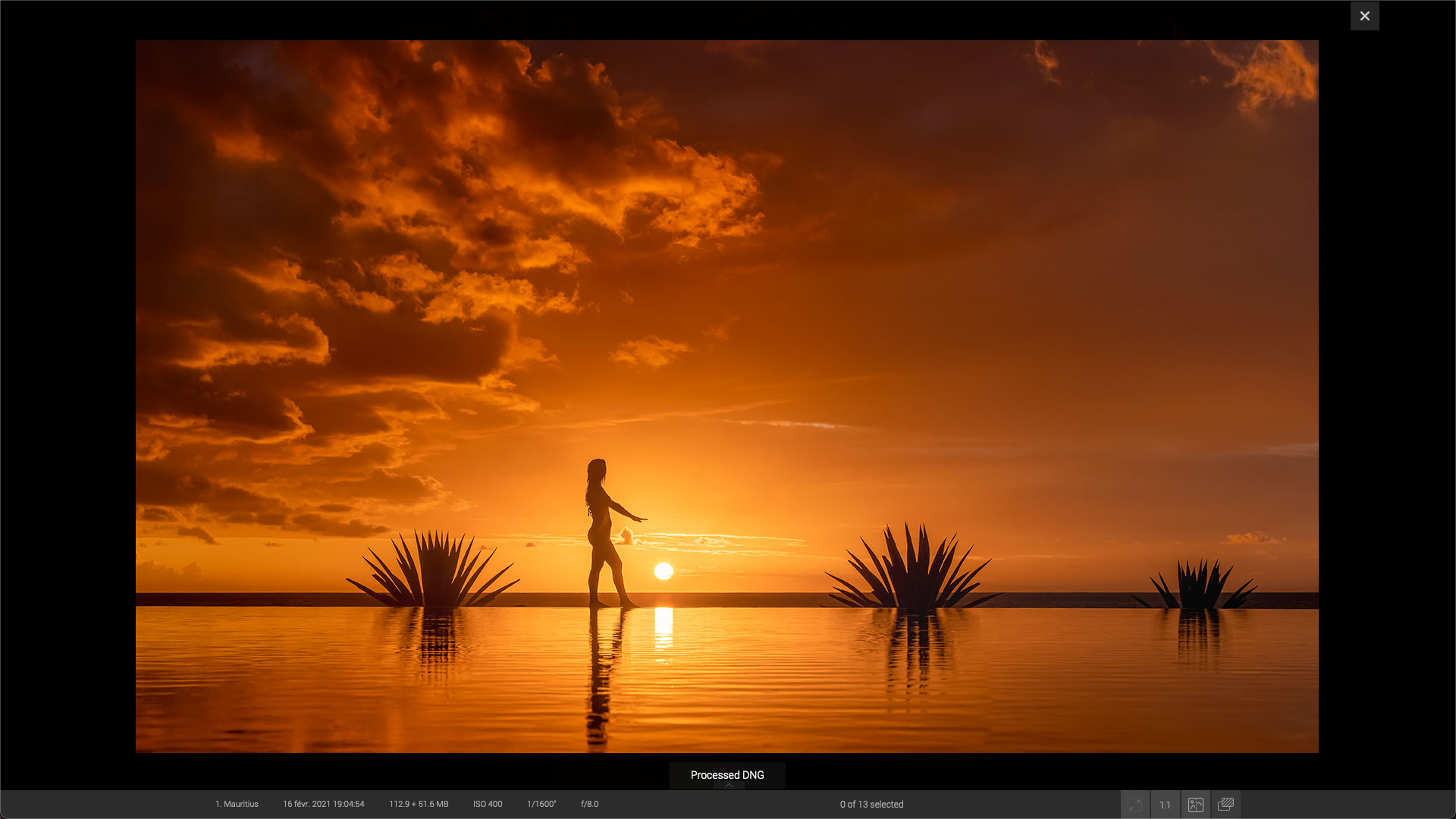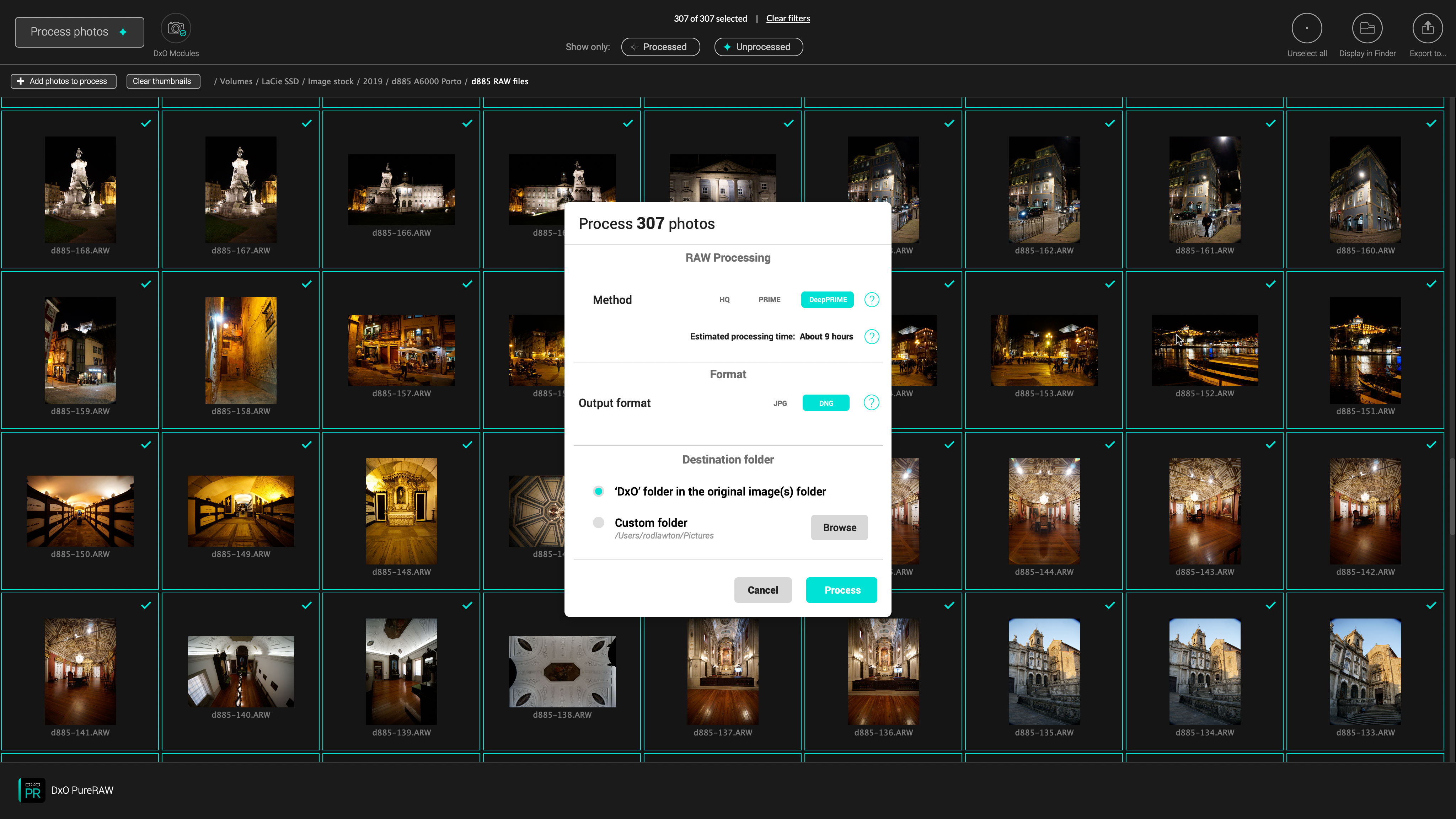DxO PureRAW 3.7 update brings enhanced Lightroom integration
DxO PureRAW 3.7 now offers the ability to create and manage Lightroom Classic Collections from within PureRAW

DxO PureRAW already works as an export plug-in for Lightroom Classic, where raw files are processed using DxO’s proprietary lens correction and denoising technologies and ingested automatically back into your Lightroom catalog.
With version 3.7, though, DxO says that you can place processed images into any Lightroom Collection, within any Collection Set, or create a new Collection that you can view and rename as required in Lightroom Classic. This is a free update for existing PureRAW 3 users.
DxO PureRAW offers automated lens corrections and DxO’s DeepPRIME/DeepPRIME XD noise reduction which it can apply directly to raw files and then deliver a new, corrected Linear DNG file back to Lightroom Classic. Linear DNG files behave just like regular raw files in Lightroom, but with DxO’s own raw processing applied rather than Adobe’s.
DxO makes some of the best photo editing software on the market, including DxO PhotoLab and the Nik Collection.

Why use DxO PureRAW 3.7 with Lightroom Classic?
Lightroom does of course have its own automated lens corrections and, thanks to its latest Enhance options, it can offer AI-powered noise reduction just as DxO PureRAW does.
However, DxO is keen to point out that its custom lab-developed lens profiles offer the best precision and correction features available. PureRAW uses the image EXIF data to find and apply the correct camera+lens correction profile from the tens of thousands in its database, and covers everything from entry-level camera equipment to professional gear.
DxO says the result from its processing are like getting a sharper lens and an upgraded sensor, and that its DeepPRIME noise reduction offers over 2.5 stops of noise compensation, so that an image shot at ISO 4000 can look like one taken at ISO 800.
Get the Digital Camera World Newsletter
The best camera deals, reviews, product advice, and unmissable photography news, direct to your inbox!
The lens correction profiles applied are highly sophisticated. They don’t simply apply the same level of sharpening across the frame but are especially tailored to compensate for additional edge softness, lens by lens.
DxO’s optical corrections often yield a larger image area than regular lens profiles, especially with wider angle lenses and focal lengths. The chromatic aberration correction tackles not just lateral chromatic aberration but longitudinal fringing too, and DxO’s vignetting correction uses the power of its denoising and raw processing tech to deliver a wider dynamic range and better tones and colors in corrected areas.
DxO PureRAW 3.7 is offered as a better-quality alternative to Lightroom Classic’s own processing, and the differences are readily apparent when you inspect high ISO images and edge detail.
DxO PureRAW 3.7 is a free update for existing PureRAW 3 users. It costs $129/£115 for new users and £$79/£69 as an upgrade from PureRAW 1 or 2.

Rod is an independent photography journalist and editor, and a long-standing Digital Camera World contributor, having previously worked as DCW's Group Reviews editor. Before that he has been technique editor on N-Photo, Head of Testing for the photography division and Camera Channel editor on TechRadar, as well as contributing to many other publications. He has been writing about photography technique, photo editing and digital cameras since they first appeared, and before that began his career writing about film photography. He has used and reviewed practically every interchangeable lens camera launched in the past 20 years, from entry-level DSLRs to medium format cameras, together with lenses, tripods, gimbals, light meters, camera bags and more. Rod has his own camera gear blog at fotovolo.com but also writes about photo-editing applications and techniques at lifeafterphotoshop.com
